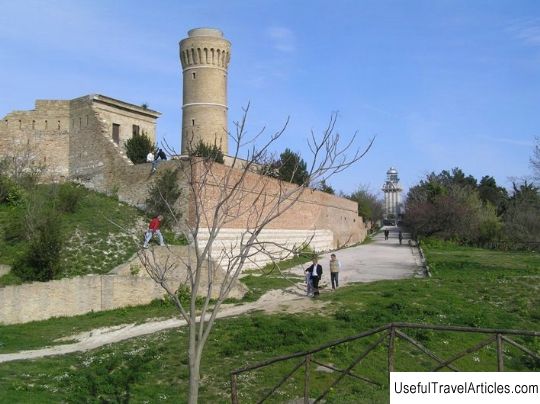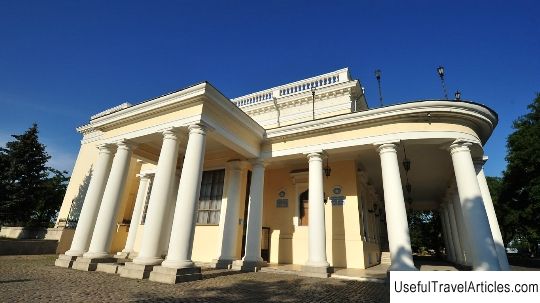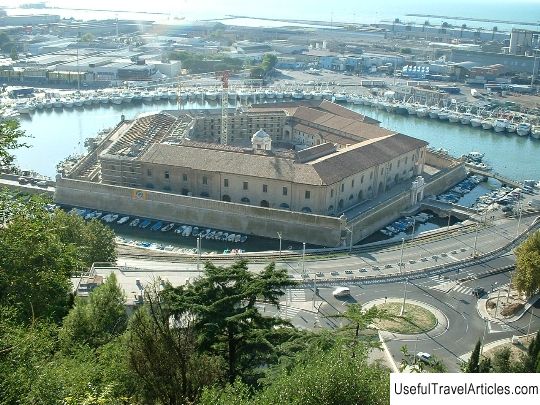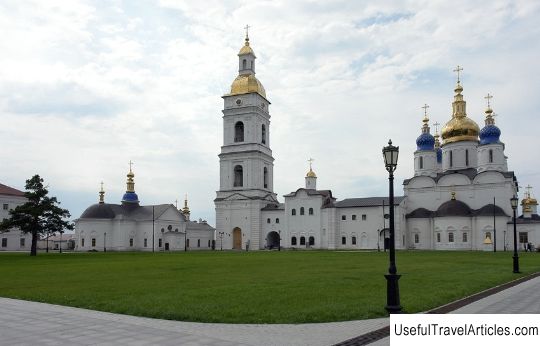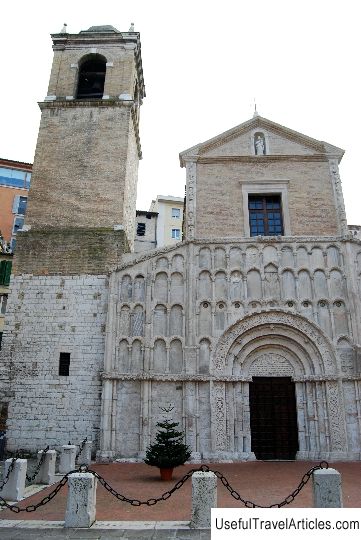Ancona Cathedral (Duomo di Ancona) description and photos - Italy: Ancona
Rating: 8,2/10 (330 votes) 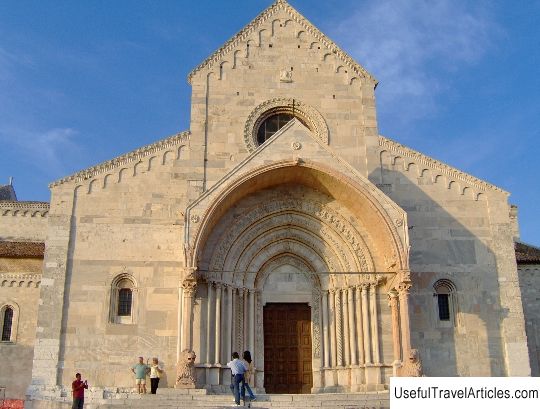
Ancona Cathedral (Duomo di Ancona) description and photos - Italy: Ancona. Detailed information about the attraction. Description, photographs and a map showing the nearest significant objects. The title in English is Duomo di Ancona. Photo and descriptionAncona Cathedral, also known as San Chiriaco, is the main church of Ancona, the capital of the Italian Marche region. The cathedral is dedicated to Judas Kyriakou, as the name implies. The building of the cathedral, located on the Guasco hill, which rises above Ancona and the bay, is an example of a mixture of Roman-Byzantine and Gothic styles. It stands on the site of the ancient Greek acropolis. Excavations carried out here in 1948 found that around the 3rd century BC. on the site of the present cathedral there was a temple, presumably dedicated to Aphrodite. In the 6th century A.D. on its foundation, an early Christian church was built, which had a central nave and three side chapels. The entrance to the church was on the southeast side, where today the Chapel of the Crucifixion is located. Some fragments of that early Christian church have survived to this day, such as the mosaic floor and outer walls. In the 995-1015th years. on the foundations of the old church, a new one was built, into which in 1017 the relics of saints Marcellinus of Ancona and Judas Kyriakos were transferred. In the 12-13th centuries, an extension was made to the cathedral, which gave it the shape of a Greek cross. At the same time, the church, which previously bore the name of San Lorenzo, was rededicated in honor of the great martyr Judas Kyriacus, patron saint of Ancona and the first bishop of the city. The first restoration work in the cathedral was carried out in 1883. During the First World War, the basilica was seriously damaged during the bombing, and was restored only in 1920. And during the Second World War, during an air raid on the city, the transept and crypt of the church were destroyed along with the works of art stored in them. The building received another serious damage in 1972 during an earthquake, and was reopened to the public only in 1977. Today, the white-stone Cathedral of San Chiriaco is one of the main attractions of Ancona. Its outer walls are decorated with false arched openings. The bell tower stands at some distance from the church. It was built in the 14th century on the site of a previously existing bell tower. The facade of the cathedral, divided into three sections, is preceded by a wide staircase that abuts a 13th century Romanesque portal. The latter is a round arch with four columns. The front ones stand on lions made of red Veronese marble, and the back ones, added later by Luigi Vanvitelli - on simple pedestals. The portal is believed to be the creation of Giorgio da Como. Notable is the dome of the cathedral - one of the oldest in Italy. It has a somewhat tapered shape with twelve edges. The dome was made in the 13th century by the design of Margaritone d'Arezzo. Copper plating was added in the 16th century. Inside, the wooden vaults of the naves are decorated with paintings from the 15th century. At the left side chapel you can see the monument to the warrior Fermo from 1530. In the right transept is the Crucifixion chapel, decorated with images of saints, God the Father, Virgin Mary and animal figures. In the crypt located under the chapel and rebuilt after the Second World War, fragments of an ancient church have been preserved. And in the left transept there is a chapel of the Madonna with a lavishly decorated niche, which contains a particularly revered icon of the Virgin Mary. There is another crypt under this chapel - it contains the relics of St. Jude Cyriacus (in a marble reliquary), Saints Liberius and Marcellinus (in a reliquary made of Sicilian jasper) and the remains of St. Palatia.       We also recommend reading Historical and Archaeological Museum ”Nienschanz” description and photos - Russia - St. Petersburg: St. Petersburg Topic: Ancona Cathedral (Duomo di Ancona) description and photos - Italy: Ancona. |
